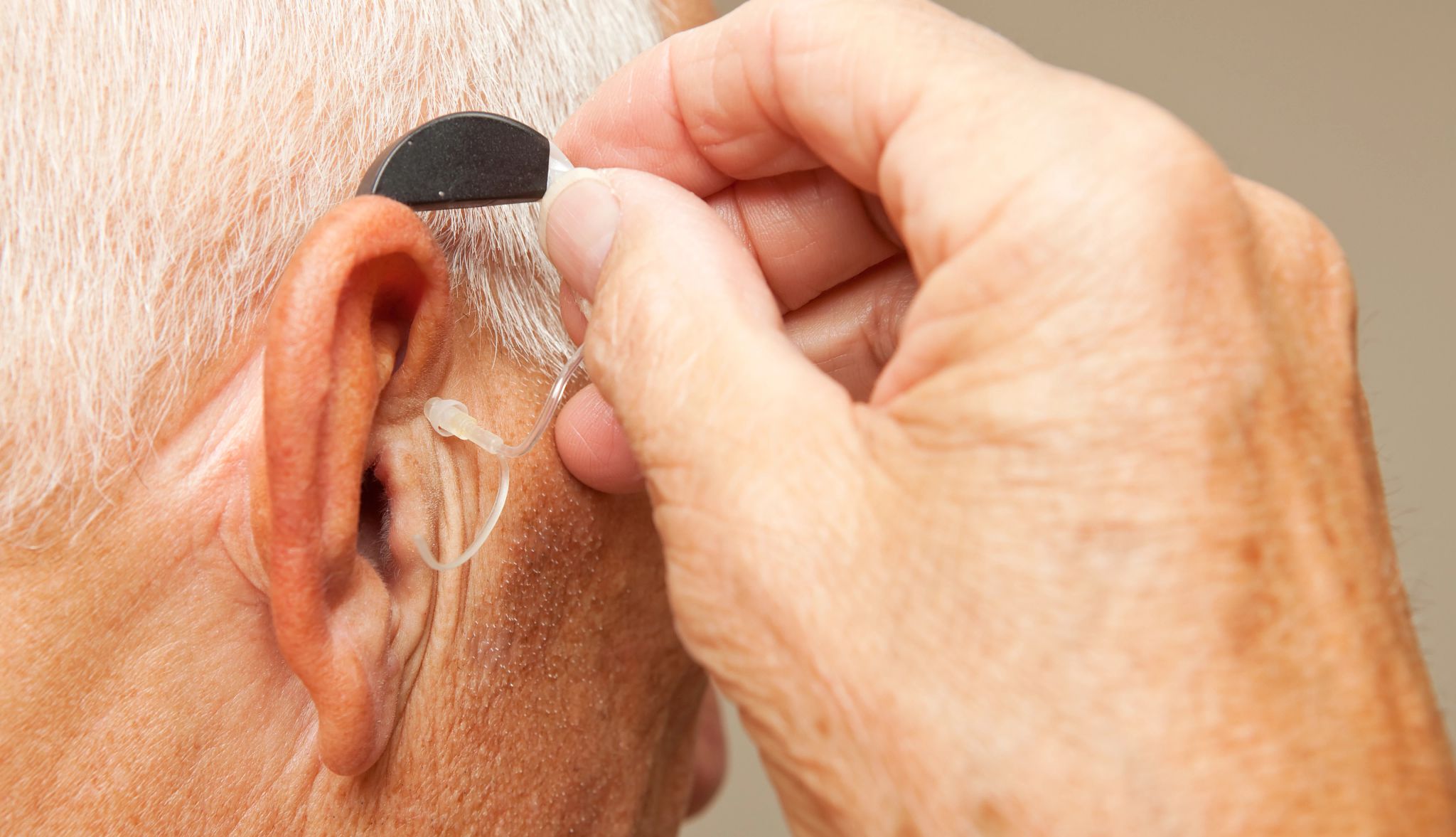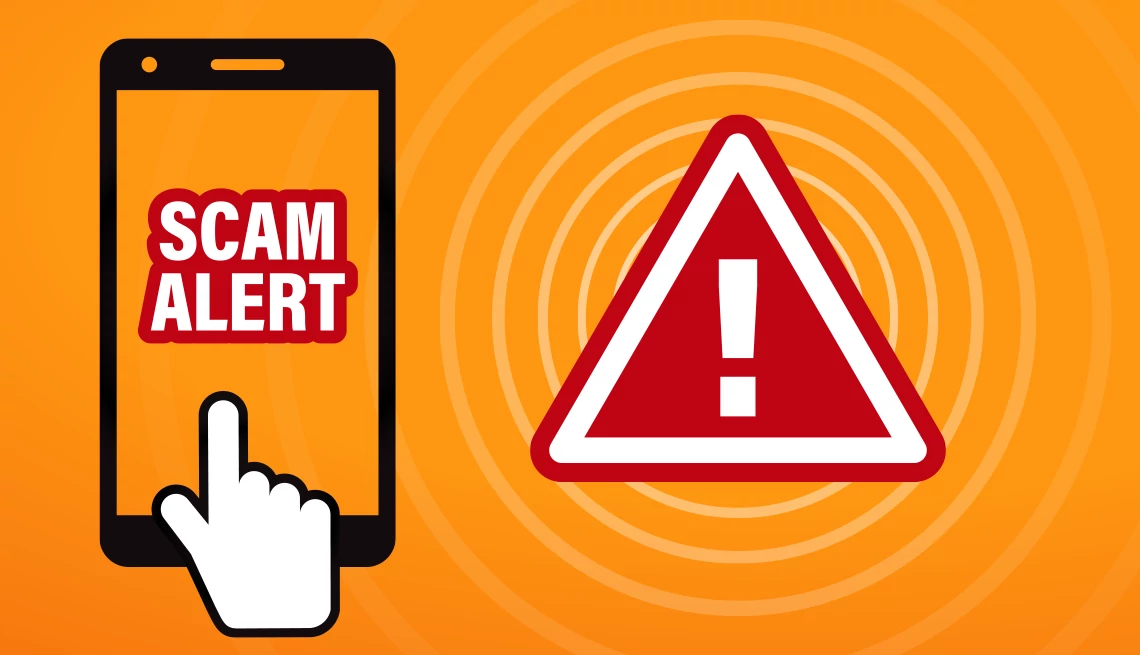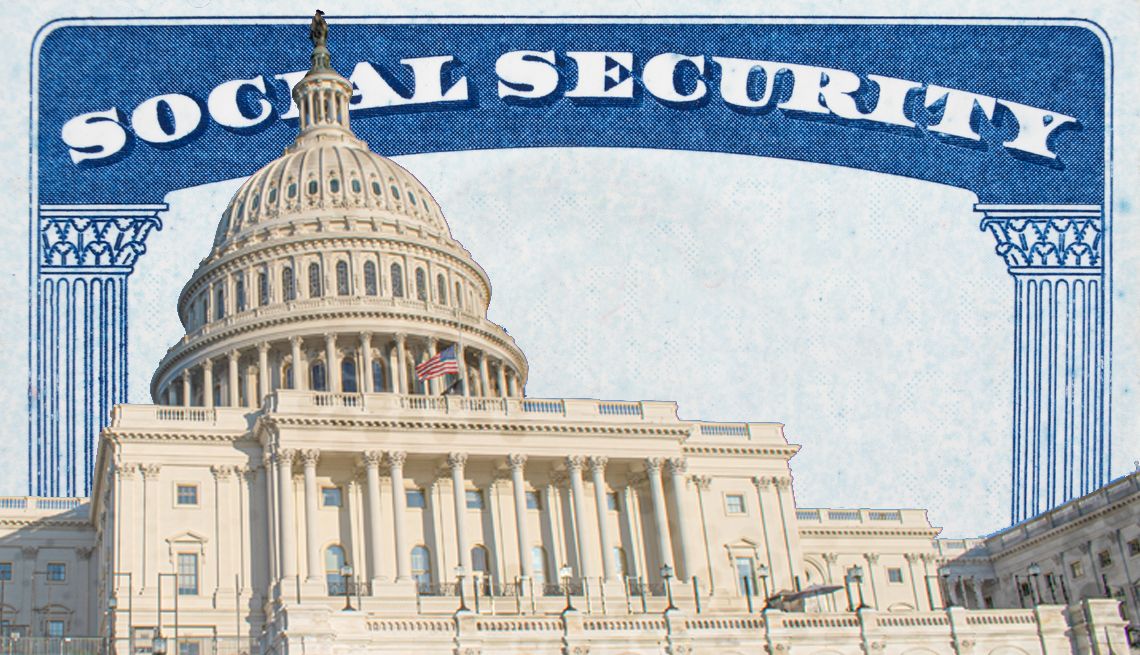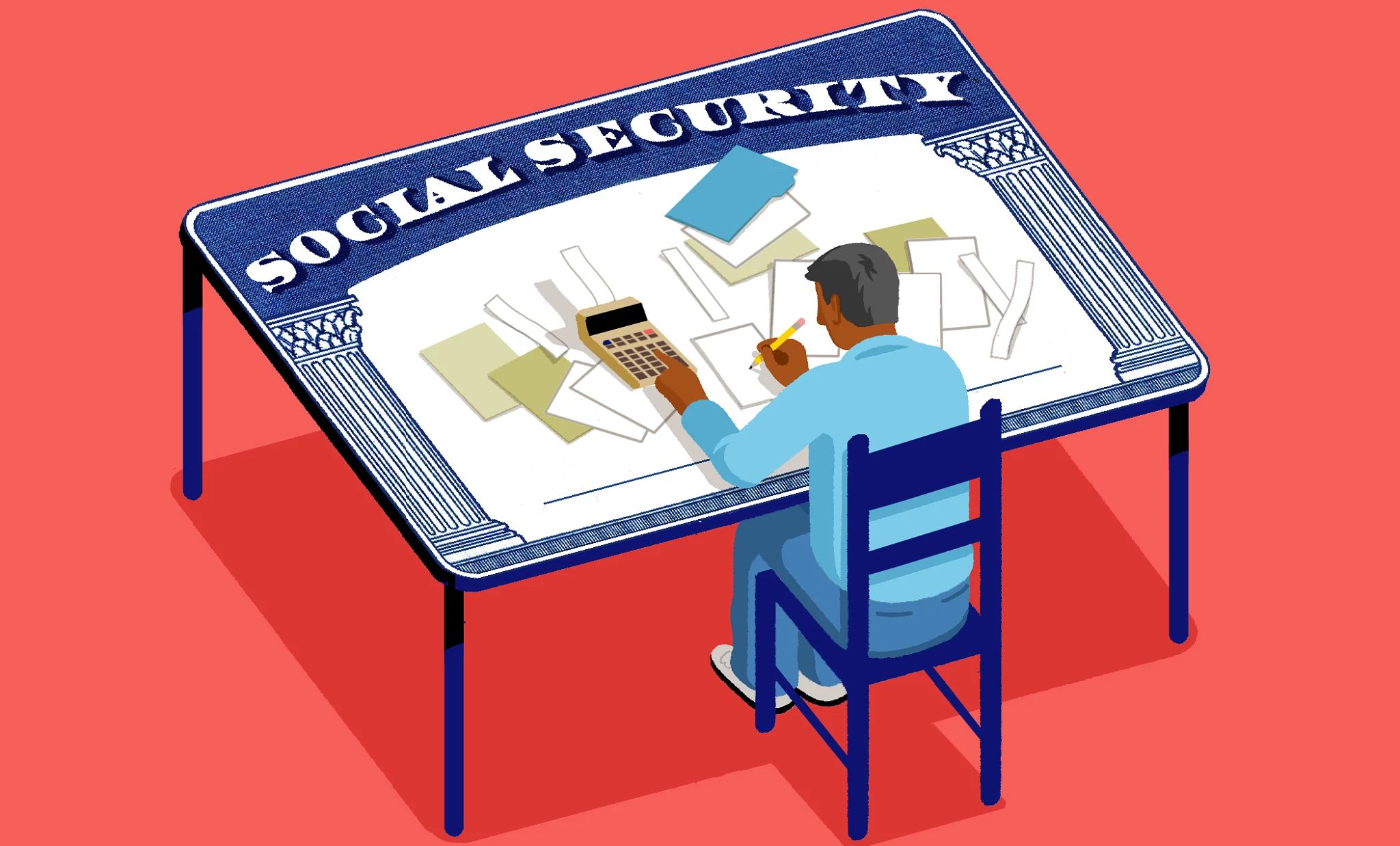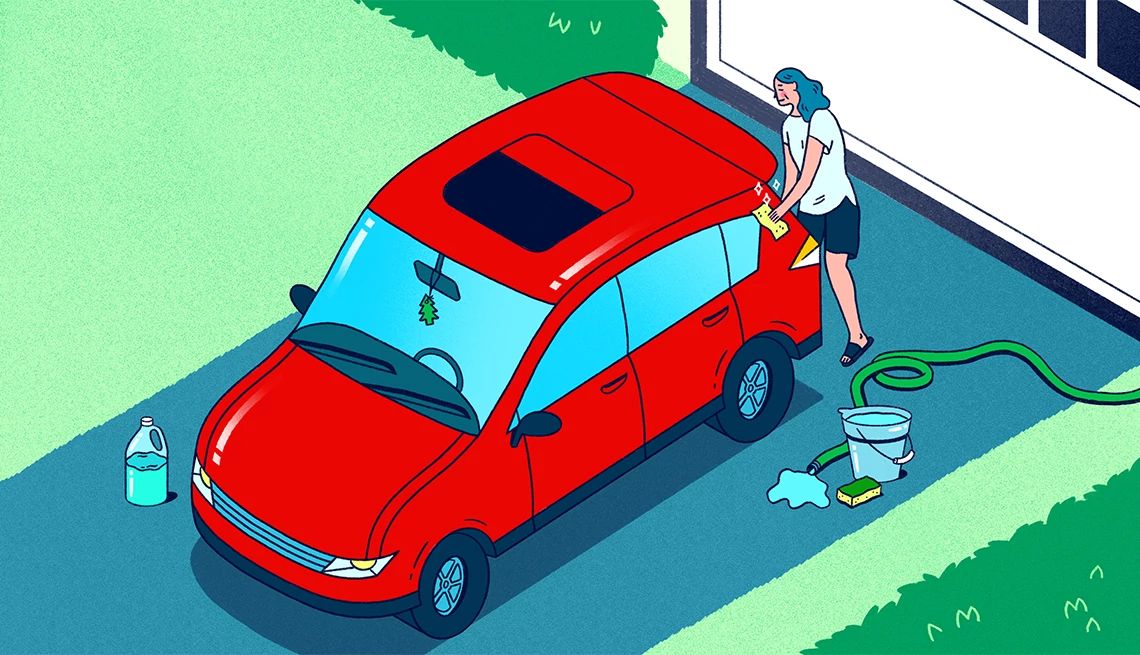AARP Hearing Center
Voter registration: The vast majority of U.S. citizens who live in Pennsylvania and are at least 18 years old can register to vote either online, by mail or in person.
Absentee and mail voting: Any registered voter can request a mail-in ballot without a reason. Absentee ballots — which are distinct from mail-in ballots — are only for people who have a disability or illness that prevents them from going to the polls or for voters who are out of town on Election Day.
Early in-person voting: Any registered voter can request, receive, vote and submit a mail-in or absentee ballot all in one visit at their county elections office before Election Day. This option is called on-demand mail ballot voting.
Voting at the polls: Polls are open from 7 a.m. to 8 p.m. Only first-time voters must show an approved form of ID at the polls.
Races we’re watching in 2025
Pennsylvania is conducting a uniform municipal election day in 2025, during which the mayors of Allentown, Lancaster and Pittsburgh will be decided, among other offices. The general election will be held on Tuesday, Nov. 4.
Below are some key dates for the upcoming election. For more information, visit the state’s election web page or the websites of Lancaster County (for the Lancaster mayoral race), Allegheny County (for the Pittsburgh mayoral race) and Lehigh County (for the Allentown mayoral race).
Voter registration:
- Monday, Oct 20: Deadline to register, update registration, or change party affiliation
In-person voting:
- Tuesday, Oct. 28: Last day of in-person, on-demand mail ballot voting — closes 5 p.m.
- Tuesday, Nov. 4: Election Day. Polls open from 7 a.m. to 8 p.m.
Vote by mail:
- Tuesday, Oct. 28: Deadline for county election office to receive mail-in or absentee ballot applications. Postmarks do not count.
- Tuesday, Nov. 4: Deadline for county election office to receive mail-in or absentee ballots by 8 p.m. Postmarks do not count (unless military or overseas).

Recent voting changes in Pennsylvania
- Counties differ on whether they notify voters of disqualifying errors on their mail-in ballots and whether they allow voters to fix them. However, all voters who make a paperwork error that could prevent their mail-in ballot from counting have the right to vote by provisional ballot at their polling place on Election Day. You can check your mail-in ballot status via the state’s voter portal or contact your county election officials.
- Provisional ballot envelopes have been redesigned in an effort to improve legibility and make the envelope more user-friendly and are slated to be used by counties in the 2025 general election. This update follows the redesign of mail ballot envelopes and materials in 2023.
How to register to vote
Voter registration, including updates to registrations, closes 15 days before Election Day. You can register:
- Online: Use the state’s voter registration portal. Include your Pennsylvania driver’s license or PennDOT identification card number. If you do not have either form of ID, use the last four digits of your Social Security number.
- By mail: Print a voter registration form, complete it and mail it to your county’s voter registration office. Include your Pennsylvania driver’s license number or PennDOT ID card number. If you do not have either, include the last four digits of your Social Security number. This form also can be used to request a mail-in ballot. Complete, sign and return the form to your county elections office.
- In person: Visit your county’s voter registration office or Area Agency on Aging location, marriage license bureau or other location listed on the state department’s website.
Voter registration is automatically offered at a PennDOT photo or driver’s license center when you get or update your Pennsylvania driver’s license or state ID.
Registering to vote on Election Day
Pennsylvania does not offer voter registration on Election Day.
Check your registration status
Use the Pennsylvania voter services portal to check your voter registration status.
How to request a mail-in or absentee ballot
Pennsylvania treats mail-in ballots differently than absentee ballots:
Mail-in ballots: Any registered voter can request a mail-in ballot without a reason. You also can register with the state’s annual mail-in voter list to automatically receive a mail-in ballot for every election through the third Monday in February of the following year. Note that you’ll need to submit a new request each year.
Absentee ballots: Only voters who have a disability or illness, or who will be out of town on Election Day, can request an absentee ballot.
Apply for either ballot:
- Online: You can use the state’s ballot request portal to request a mail-in or absentee ballot. You’ll need a Pennsylvania driver’s license or PennDOT identification card number to apply. If you don’t have either, include the last four digits of your Social Security number and upload a photo of your signature. If you don’t have an approved ID or a Social Security number, you must apply by mail or in person.
- By mail: Fill out, print and sign a mail-in or absentee ballot application. Or request an application from your county election officials. You also can contact the state department by emailing ra-voterreg@pa.gov or calling 877-868-3772. If you do not have a Pennsylvania driver’s license, PennDOT ID card or Social Security number, you must include a photocopy of a photo ID, such as a U.S. passport or U.S. military ID. Send your completed application to your county elections office.
- In person: Visit your county elections office or satellite election office to apply for an absentee or mail-in ballot.
Completed mail-in or absentee ballot applications must be received by 5 p.m. the Tuesday before Election Day.
If you experience an emergency such as an unexpected illness, you can apply for an emergency absentee ballot. Your emergency absentee ballot application must be received by your county elections office by 8 p.m. on Election Day.
Returning your mail-in or absentee ballot
A completed ballot must be sealed in the provided inner secrecy envelope, and the voter’s declaration on the outside of the outer envelope must be signed and dated. It must be received (not postmarked) by your county elections office by 8 p.m. on Election Day. You can return it:
- By mail: To your county elections office
- In person: To your county elections office during office hours. Some counties may also offer satellite county elections offices. Check with your county elections office for more information.
- Via drop box: Some counties may offer drop boxes. Check with your county elections office for more information.
You must return your own ballot unless you are a voter with a disability who has designated someone else or you are requesting an emergency ballot.
If you make a paperwork error that will prevent your mail-in ballot from counting, you have the right to vote by provisional ballot at your polling place on Election Day. Note that counties differ in whether they notify voters of disqualifying errors on their mail-in ballots and whether they allow voters to fix them. Check your mail-in ballot status via the state’s voter portal or contact your county elections office.
Voting in person before Election Day
Any registered voter can vote via on-demand mail ballot voting, where they can request, receive, vote and submit a mail-in or absentee ballot all in one visit at their county elections office or another designated location before Election Day. This option is available once ballots are ready (check with your county elections office) and runs until 5 p.m. the Tuesday before Election Day.
Voting at the polls on Election Day
Polls are open from 7 a.m. to 8 p.m. Use the state’s voter services portal to find a polling place near you.
Voter ID requirements on Election Day
Only first-time voters need to show an approved form of ID — such as a Pennsylvania driver’s license, U.S. passport or current bank statement — at the polls.
Voting with a disability
If you have a disability, you can designate someone else to submit your mail-in or absentee application and/or return your ballot. You and your designated agent must complete an authorization form to do so.
Every polling place statewide is required to have at least one accessible voting system. The state department’s website includes video demonstrations on how to use the system available in your county.
Voters who need assistance completing their ballot can receive help from someone they choose, as long as that person is not an employer, union representative or judge of elections.
Find more information at the state department's website.
Voting from a nursing home or long-term care facility
Long-term care residents may have mail-in or absentee ballots sent to their facilities. Those with a disability may also qualify for voting assistance from a designated agent. Read more about voting options in the state’s fact sheet for voters in long-term care facilities.
Editor’s note: This guide was originally published on June 12, 2023, and has been updated with new information about elections in 2025.
Emily Paulin is a reporter for AARP covering nursing homes, health care, and federal and state policy. Her work has also appeared in Broadsheet, an Australian lifestyle publication.
Mythili Sampathkumar is a reporter for AARP covering federal and state policy. She has worked for the Craig Newmark Graduate School of Journalism at CUNY and The Independent and her reporting has been published in several outlets, including The New York Times, the Los Angeles Times, NBC News, Fortune, Forbes and Vox.




